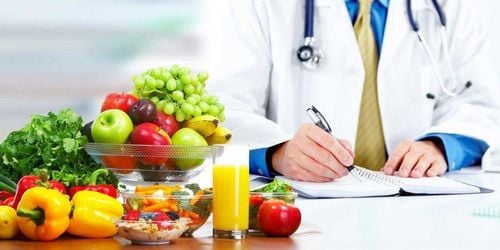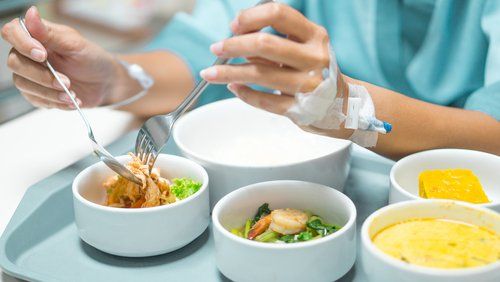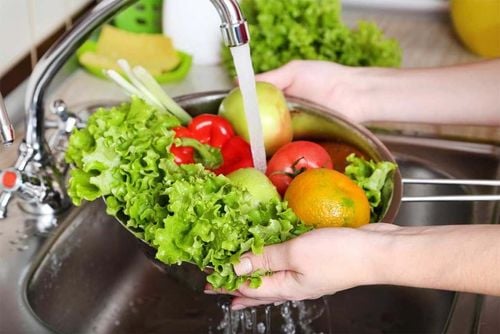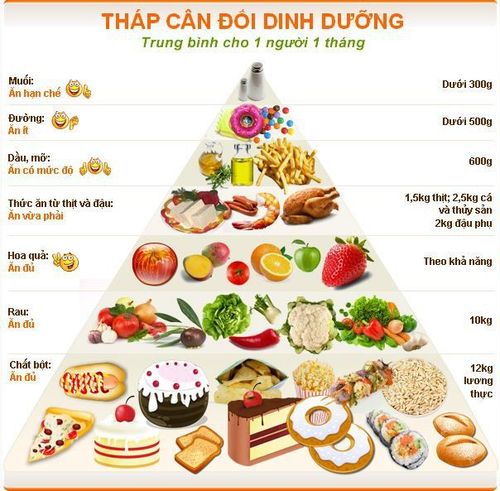This is an automatically translated article.
Before eating, fresh fruits and vegetables should be thoroughly washed with water to remove unwanted surface dirt. However, with the COVID-19 pandemic, cleaning fruits and vegetables is essential.
1. Why clean fruits and vegetables?
Whether a global pandemic like Covid-19 occurs or not, washing fresh fruits and vegetables properly is always a good habit to follow to minimize the ingestion of harmful toxins, waste and germs. harmful.
Many people handle fresh produce before shoppers buy them from the grocery store or farmers market. It's best for people to form the mindset that not every hand that touches fresh produce is clean. For all the people who regularly operate in these environments, it's also safe to assume that much of the fresh produce you buy may have been contaminated with nasopharyngeal secretions when the handlers coughed or sneezed.
Washing fresh fruits and vegetables sufficiently before eating can greatly reduce the waste and harmful substances left on them during processing.
While washing fresh produce with water has long been the traditional method of preparing fruits and vegetables before consumption, the current Covid-19 pandemic has many people wondering if that is enough to actually clean them or not. Some have advocated using soap, vinegar, lemon juice, or even other commercial cleaners such as bleach as an additional measure. However, food safety and health experts, including the Food and Drug Administration (FDA) and the Centers for Disease Control (CDC), strongly urge consumers not to take their word for it. this advice and should use clean water as the sole food rinse.
The use of other cleaning chemicals can cause additional health hazards and they are not necessarily able to remove the most toxic residues from the product. Ingesting commercial cleaning chemicals such as bleach can be deadly and should never be used to clean food. What's more, substances such as lemon juice, vinegar and product wash have not been shown to be more effective at cleaning products than plain water - and can even leave residue on food.
Although some studies have suggested that using neutral electrolyzed water or a bath with baking soda might be even more effective at removing some substances, the majority of scientists continue to agree. is that using clean tap water is enough in most cases.
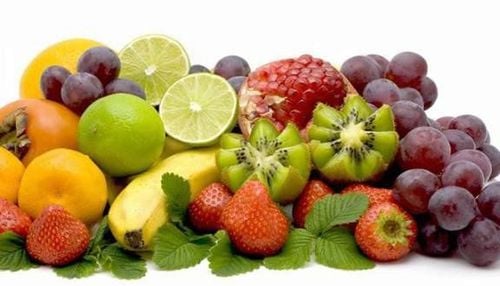
Trước khi ăn, trái cây và rau quả tươi nên được rửa thật sạch bằng nước
2. 7 tips for cleaning fruits and vegetables
Federal health officials in the United States estimate that nearly 48 million people contract food-related illnesses that are contaminated with harmful bacteria each year, and some of these causes can contribute to many people feel surprised. Although most people know that products of animal origin must be handled with care to prevent disease, not everyone is able to handle them according to the technical process thereby turning them into food. responsible for the outbreak of foodborne illness.
In recent years, the United States has had several major disease outbreaks caused by contaminated fruits and vegetables — including spinach, cantaloupe, tomatoes, and lettuce.
Glenda Lewis, a foodborne illness expert with the US Food and Drug Administration, says raw produce can be contaminated in many ways. During the growing phase, produce can be contaminated by animals, toxic substances in the soil or water, and poor hygiene by workers. After the produce is harvested, it is passed through the hands of many people, increasing the risk of contamination. Contamination can even occur after the product has been purchased, during food preparation or during careless storage. Where possible, the U.S. Food and Drug Administration asks consumers to choose products that are not bruised or damaged and to make sure that pre-cut items — such as bags of lettuce or slices watermelon — stored cold or on ice both at the store and at home.
In addition, follow these 7 recommendations for cleaning fruits and vegetables before use:
Wash hands for at least 20 seconds with warm water and soap before and after preparing fruits and vegetables fresh fruit; If food has been bruised before eating or handling, cut off the bruises before preparing or eating; Wash produce before peeling so that dirt and bacteria do not transfer from the knife to the fruit or vegetable; Gently rub fruits and vegetables under regular clean running water. Note that there is no need to use soap or other solutions to wash the product; Use a clean vegetable brush to scrub hard products, such as melons and cucumbers; Dry the product with a clean cloth or paper towel to further reduce bacteria that may exist; Remove the outermost leaves of the head of lettuce or cabbage. Lewis also adds: Consumers should store perishable products in the refrigerator at or below 4 degrees Celsius.
Washing fresh fruits and vegetables in cool, clean water before eating is also a method. Good practice to ensure food safety. Note that fresh produce should not be washed before you are ready to eat them because washing fruits and vegetables before storing them can create an environment that makes it easier for bacteria to grow.
Before starting to wash fresh produce, wash your hands thoroughly with soap and water. First, make sure that any utensils, sinks and surfaces being used to prepare the product are also thoroughly cleaned.

Rau bina, rau diếp cá, rau cải, tỏi tây, và cải ngọt nên được cắt bỏ lớp ngoài cùng
Start by cutting off any visible bruising or rotting areas of fresh produce. If you are handling a fruit or vegetable that will be peeled, such as an orange, wash before peeling to prevent bacteria on the surface from entering the fruit inside. The general methods for washing produce are divided into 3 main categories, including:
Hard-shelled fruits: Harder-skinned fruits such as apples, lemons and pears, as well as root vegetables such as potatoes potatoes, carrots and radishes, can be washed with a brush with soft bristles to better remove residue from the surface holes. Green leafy vegetables: Spinach, lettuce, collard greens, leeks, and collard greens should be cut off the outermost layer, then dipped in a bowl of cool water, drained, and rinsed again with soft drink. Perishable products: Perishable fruits and vegetables such as berries, mushrooms and other products can be washed by the consumer with a steady stream of running water and with a ghost finger. Gently rub to remove grit. After the food has been thoroughly washed, dry it with a clean cloth or paper towel. Perishable products can be placed on a towel and patted or rolled around to dry them without damaging them. Before eating fruits and vegetables, follow the simple steps above to minimize the amount of germs and possible residues.
Practicing good food hygiene and safety is an important health habit. Washing fresh produce helps to reduce surface germs and residues that can cause illness in the body. Recent concerns during the COVID-19 pandemic have led many to wonder if more aggressive cleaning methods, such as using soaps or commercial cleaners on fresh produce, are better. . Medical professionals agree that this is not recommended or necessary - and can even be dangerous for the user. Most fruits and vegetables can be rinsed with clean water just before eating. Products with more layers and surface area can be washed more thoroughly by soaking in a bowl of cool water to remove dirt particles. Fresh fruits and vegetables provide a number of healthy nutrients and should be included in all diets, as long as safe cleaning methods are followed.
Please dial HOTLINE for more information or register for an appointment HERE. Download MyVinmec app to make appointments faster and to manage your bookings easily.
References: fda.gov, healthline.com




